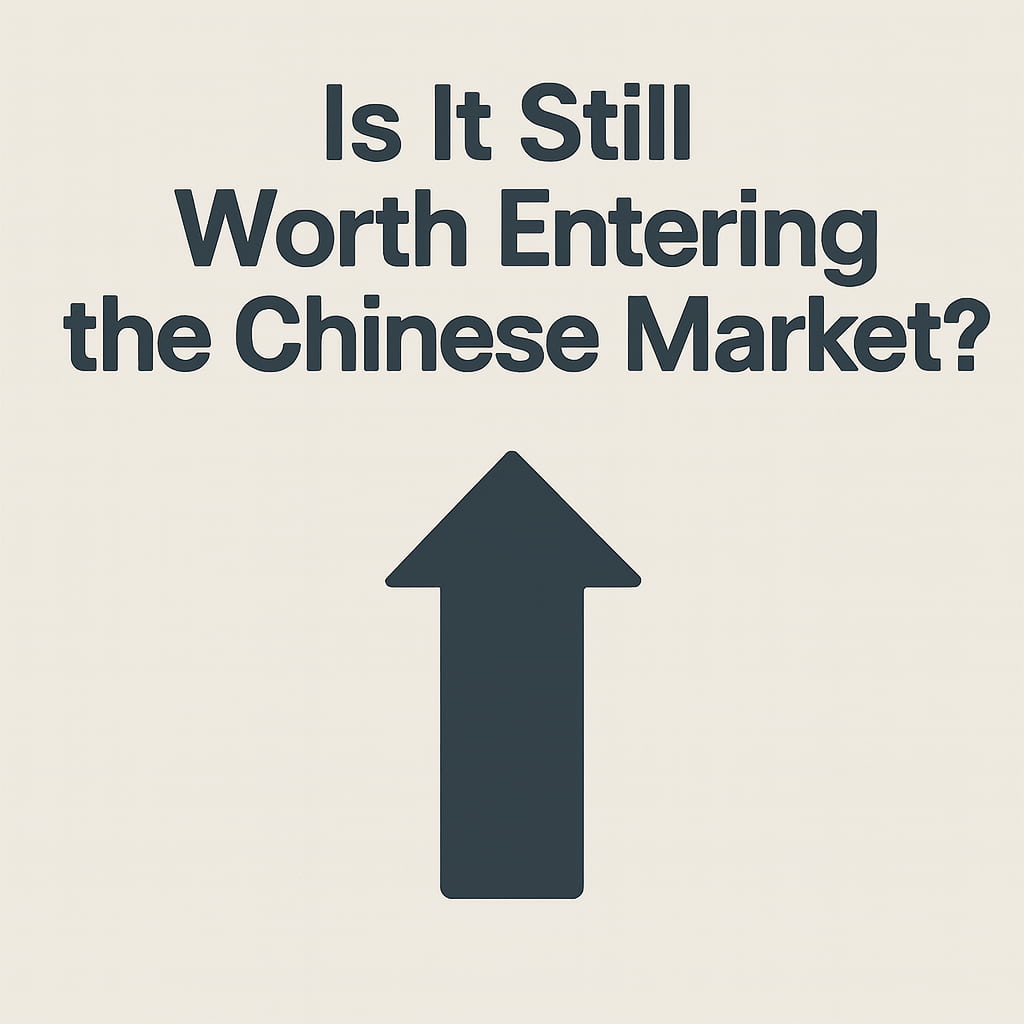Is It Still Worth Entering the Chinese Market?
By The Olivia
Independent Content Strategist for the China Market
This post is part of the “Marketing in China” series. Click here to view the series introduction and why it was created.
1. The market is still huge — but its logic has shifted
China remains one of the world’s most complex and promising markets.
The opportunity hasn’t disappeared, but the conditions for earning attention have changed.
In the past, a strong brand name could open doors.
Today, visibility depends on whether a brand can navigate how users discover, discuss, and evaluate content.
Reputation alone no longer guarantees traction; sustained relevance requires reading the rhythm of the local ecosystem.
For new entrants, this isn’t about chasing trends, but about recognising a new kind of order — one that rewards adaptability and cultural sensitivity more than scale.
2. Local brands now define the pace
The rise of domestic brands has reshaped expectations across industries.
They’ve built their own language, tempo, and emotional resonance — not by copying global models, but by interpreting what “local relevance” means on their own terms.
Younger consumers move fast, but their preferences are coherent.
They look for experience, design clarity, and tone alignment.
For global brands, that means recognition alone is no longer a defence.
What matters is how presence is translated into context.
3. The opportunity is still there — just less general
The Chinese market remains vast, but no longer rewards broad ambition.
Growth today happens in focused segments: where a brand’s expertise intersects with user curiosity.
Some categories still value heritage and craftsmanship.
Others reward credibility, long-term consistency, or a specific professional edge.
There’s no universal formula; each brand has to locate the space where its strength feels naturally relevant.
4. The challenge is in alignment
Global brands often face friction not because they lack resources,
but because their communication rhythm doesn’t align with local tempo.
Abroad, visibility may rely on Google, paid media, and owned sites.
In China, users move between platforms — Rednote, Douyin, WeChat —
each with its own logic of discovery and trust.
Being present isn’t enough; presence has to make sense inside each platform’s language.
That judgment can’t be outsourced to translation or ad spend — it grows from understanding how users actually verify meaning.
5. In conclusion: clarity before movement
Whether a brand should enter China isn’t a yes-or-no question.
The more useful question is: under what conditions would the effort make sense?
Observation is part of preparation.
The market moves quickly, but it has its own structure.
Once a brand finds clarity in its purpose and rhythm,
the next steps — whether to enter, pause, or reposition — become much easier to decide.
← Back to All Articles
← Learn more about my services
You May Also Like:
Why Strategy Often Gets Squeezed Out of Execution
Why strategy often disappears during execution—and how this plays out faster in China’s marketing environment.
Ready to take your content further?
Let’s build a strategy that resonates in the Chinese market.
THE OLIVIA WAY
© 2025 THE OLIVIA WAY. All rights reserved.
